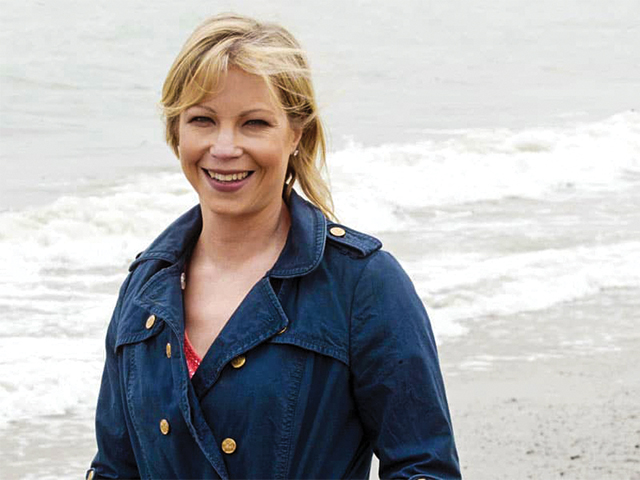
[dropcap]T[/dropcap]he latest phenomenon of Instagram poetry is breaking away from the confines of what was traditionally considered the appropriate medium for poets to share their work on.
Poetry no longer feels as though it is something abstract and out of touch for younger generations as it is becoming increasingly more popular and prominent on social media platforms, with ‘instapoetry’ being among the most accessible means of reading poetry for young people.
The rise of ‘instapoets’ can possibly be pinpointed in the direction of the poet Rupi Kaur, a fresh voice in literature dealing with themes such as love, sex, misogyny, race and healing that appeal to masses among younger generations.
The 25-year-old has sought to make her poetry an almost visual experience, combining short but meaningful sentences with quirky, minimalistic doodles to really create a whole image in the mind of her 3 million Instagram followers.
Her poetry is shared both via Instagram and through her books ‘Milk and Honey’ and ‘The Sun and Her Flowers’. Her first book ‘Milk and Honey’ made the New York Times bestsellers list and sold over 1.5 million copies across the world.
As a generation that carries our phones everywhere, this new form of poetry is extremely accessible to everyone. It ensures that the argument that young people no longer care about poetry is no longer valid, and social media cannot bear the brunt of the blame for the disinterest people may have in poetry.
Cleo Wade, another famous ‘instapoet’ with a following of 435k on uses her platform to share motivational poetry and to promote a type of activism through poetry that has allowed her to be hailed as ‘The Millennial Oprah’.
This generations ‘instapoets’ are a breath of fresh air for an artform that seemed to be dying. Many young people can no longer relate to the heavy poetry of the likes of John Keats of whom they may have studied laboriously throughout their secondary school education.
They want to read about themes that affect them and that they care about through platforms that they use on a regular basis.
‘Instapoets’ can completely attribute their success to the fact that they had an outlet to constantly create and update the content that they produced without having to bankrupt themselves in the process.
It is not feasible for many people to actually produce hard copies of their poetry, so Instagram acts as a starting ground for those who may eventually want to actually publish their poetry in physical copies.
There are several arguments against ‘instapoets’ as people believe they are damaging the market for poetry through their minimalistic sentences that could be interpreted to mean absolutely anything, but the arguments for them are far greater. They are turning the traditional elitist values of poetry on its head and demonstrating to the world that anyone can be a poet.
Instapoems are at the fingertips of each individual and can be shared among anyone and everyone. For the first time in history it is the most accessible form of poetry available.
Aine O’Boyle
Image credit: Wikipedia



